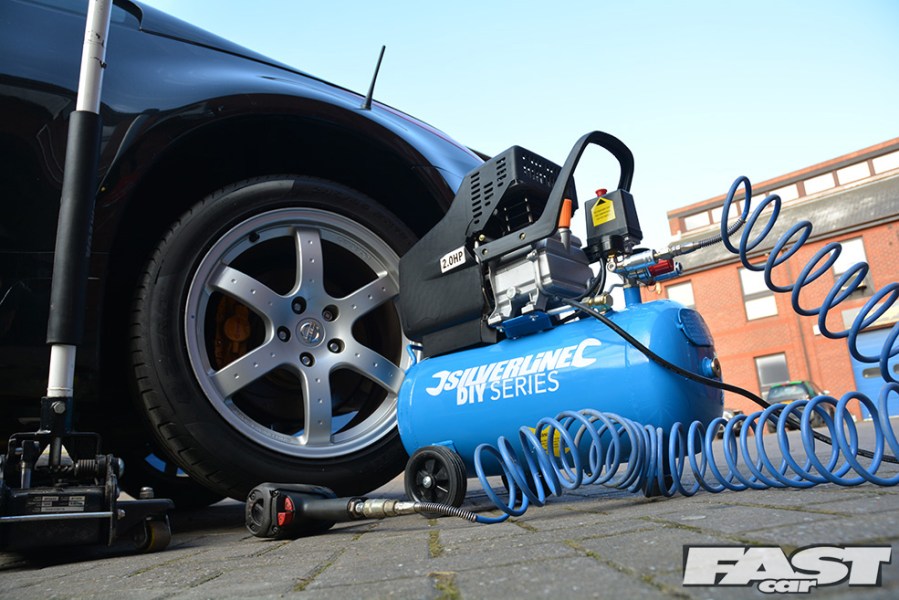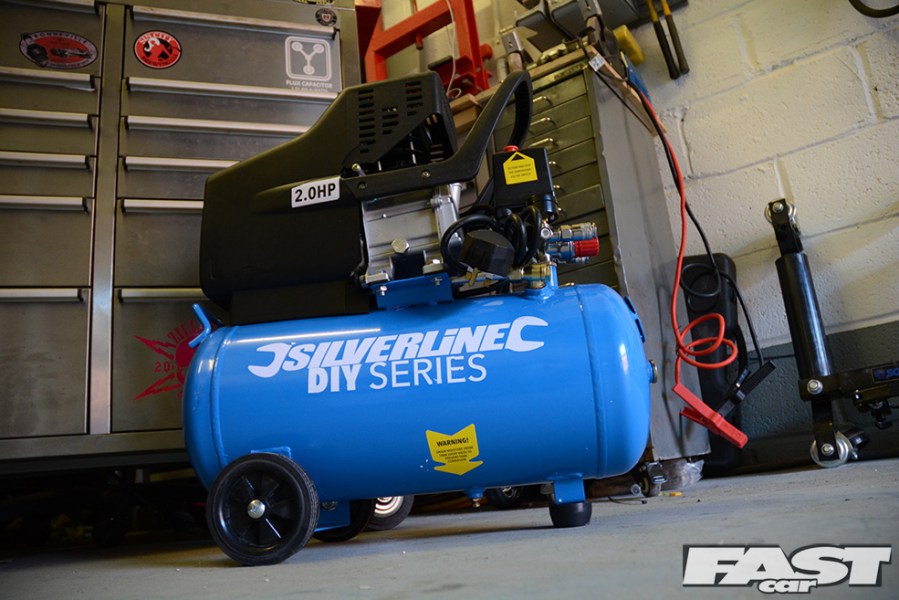An air compressor setup opens up a whole new world of tools for your workshop, but what do they actually do? Here’s our comprehensive guide to air tools.
Air tools are one of those things that’s easy to underestimate the usefulness of until you experience them, especially when almost every tool imaginable is available as a cordless electric unit anyhow; I mean, why have a huge air compressor and long air lines running about the place when there’s no need?
Well, air tools tend to be cheaper, quieter, smaller, and lighter than their electrical equivalent, very much so in some circumstances, and can often offer better control than the electrical versions too. While they’re not suitable for everyone, and certain electrical tools will always be invaluable, we’re here to guide you through the world of air powered workshop tools.
Guide to Air Tools
Compressor
This is the item that will make or break any air tool setup, as the air compressor unit itself is not only what will power all your tools, but is by far the single largest, noisiest, and most expensive part of any air tool setup.
You know the automotive saying of “Fast, Reliable, Cheap. Pick two”? Well with air compressors it’s similar, with “Powerful, Quiet, Cheap”, though things can unfortunately be even more complex than that. There’s a wide range of small and low price hobby air compressors out there, but even if you choose one that’s relatively quiet, the smaller the tank the more it will be in operation to create the pressurized air needed to power the tools. Because of this, you’ll more often than not find a much noisier but much larger compressor that only operates once in a while, far less annoying than a quieter but smaller compressor running almost constantly.
There are many ‘Quiet’ or ‘Silent’ air compressors are on the market, and while they are much more expensive, they certainly are quieter than a typical compressor. You must understand though, they are NOT truly quiet or silent, they’re still at very least as loud as a typical 12v tire inflator, usually louder. Instead, something with a very large air tank so the compressor isn’t operating very often is the best overall way to keep things quiet.
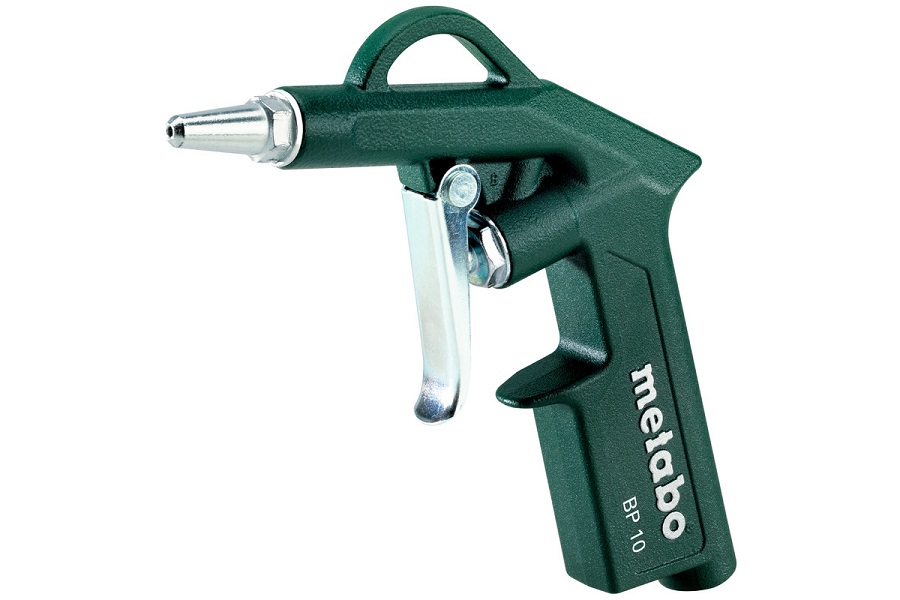
Air blow gun
The simplest, cheapest, and often most useful of all the air tools, the air blower gun does exactly what the name suggests, and in the automotive world can be incredibly useful. When it comes to clearing out dirt and debris, on everything from tight spaces to big workshop tables, nothing does it quicker and easier than having a high pressure air gun ready to use. If you have an air compressor of any size, you got to have one of these.
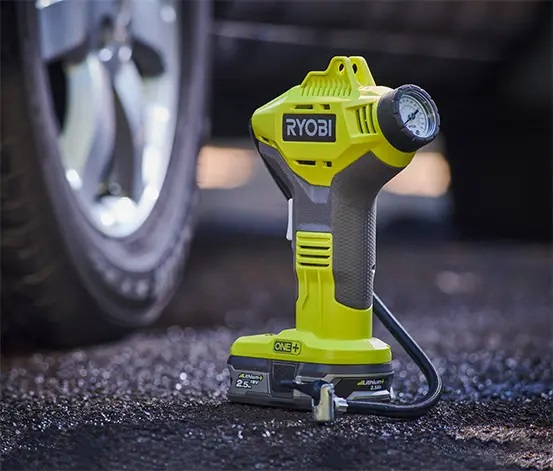
Tire inflator
This is a tool that, while you won’t be using often unless you happen to own a tire shop, the moment you do need it you’ll be hugely glad you own one. Cheap, simple, and massively quicker than any 12V version, a tire inflator is a tool that is well worth keeping in your drawer ready for action.
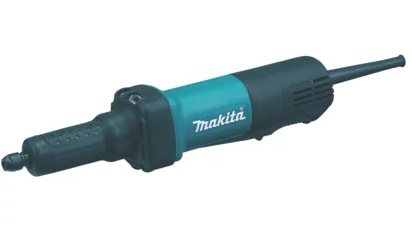
Die grinder
Arguably the most useful air tool of them all for someone who tunes or modifies cars, an air powered die grinder is far smaller and easier to control than the equivalent power electric version, and considering the tools main use is on delicate and accurate jobs, these are hugely important factors. A die grinders main use is, along with the appropriate bits, used for precise grinding and shaping of parts, probably best known for porting cylinder heads, but useful for careful metal removal on countless components, and with wire wheel attachments fitted is very handy for rust removal too.
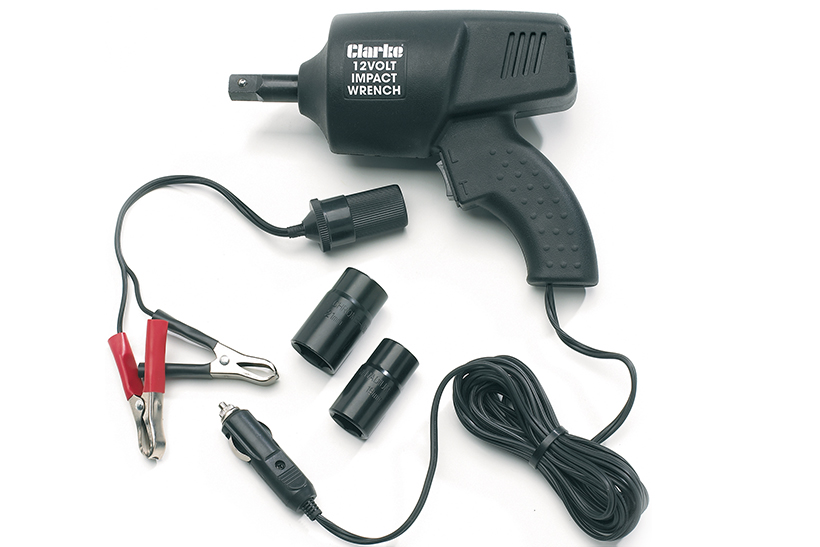
Impact gun
Probably the best known air tool, the impact gun is the ultimate device for getting stubborn nuts and bolts undone without rounding them off or snapping them, not to mention its ability to remove them from things that would normally rotate if you try to remove them with hand tools, such as flywheel and wheel bolts. While electrical impact guns can certainly be very capable, ones powerful enough to remove the most stubborn nuts and bolts can cost incredible amounts of money versus air powered versions, and there’s nothing worse than spending big bucks on one only to find it’s still not as powerful as you need…
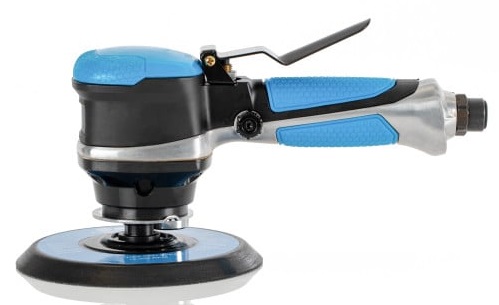
Air sanders and polishers
If you’re doing large amounts of bodywork, you shouldn’t underestimate the benefits of air powered sanders and polishers. Due to their far lighter weight and lower noise, you tend to find you cover far more area in far less time with air powered versions, as the strain on both your hands and ears is much reduced. Your average home mechanic may not widely use these, but for someone who does a lot of paint and body work, these really are invaluable.
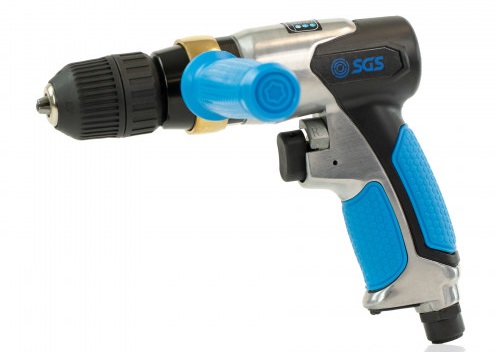
Air drill
While good quality modern cordless drills are very capable, the compact size and low price of air drills can be a big benefit if you’ve already got a good air compressor setup installed. For working in tight spaces that conventional electrical drills simply cannot fit, something that’s all too common when working on cars, the compact nature of air drills come in to their own. The most useful in this regard is the 90 degree drill, as it’s able to be used in very tight spaces no normal drill would fit.
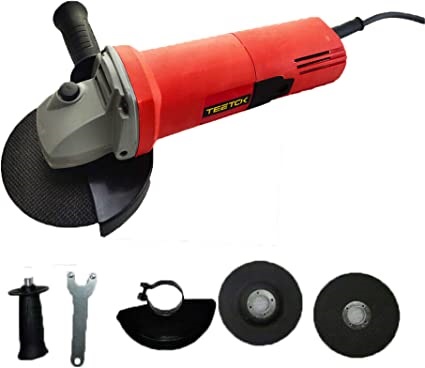
Angle grinder
Angle grinders are one of the most useful tools to have regardless of how their powered, but the loud noise and relative bulk of electric ones versus air powered ones means this is yet another useful air tool. There’s nothing more frustrating than when your electric angle grinder doesn’t quite fit in to the space where you need to cut, but air ones being much more compact can sometimes make all the difference.
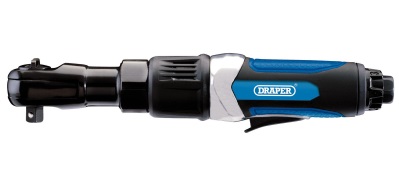
Air ratchet
While powered ratchets feel like a game changer when you’ve spent you’re life using purely manual ones, overall there’s not a real advantage of an air powered one over a cordless electric one. Generally these are needed in tight spaces, so the air line may get in the way, and these don’t tend to be used to undo particularly stubborn bolts like you’d use an impact gun for, so the extra power of an air tool generally isn’t an advantage for these.
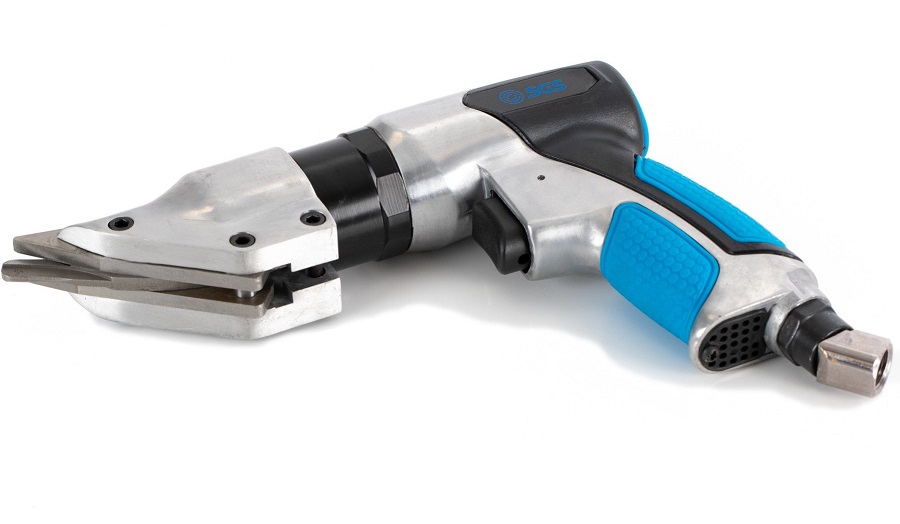
Air nibbler and shears
For people regularly working with sheet metal, air powered nibblers and shears can take a massive amount of hard work out of cutting the metal to shape. Small, quiet, and cheap, while these aren’t tools that a typical mechanic will be using often, when they are needed you’ll be very glad you have one as they make life much easier.
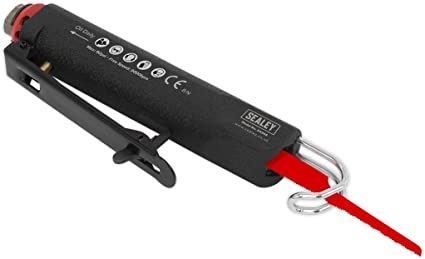
Air saw
Another tool that, while you won’t often need, the moment you do you’ll be very glad you do have it, an air saw is massively useful for cutting larger metal items such as car chassis and pipework. The equivalent power electric item is usually multiple times larger and more expensive, so if you feel the need for one, an air saw is highly recommended.
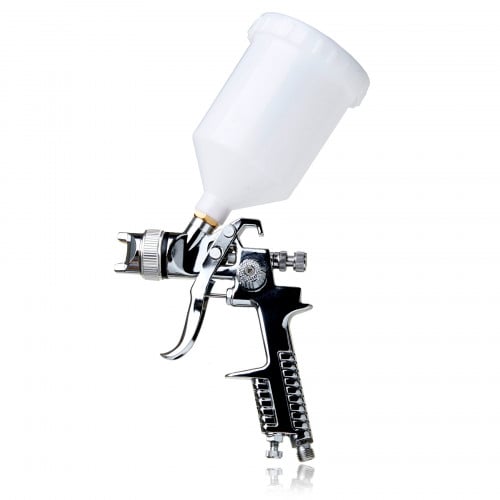
Air paint sprayer
If you ever do any paint work and require a better finish than rattle cans will give, a paint gun is what you need. As we’re sure you know, all professional car painters use air powered paint guns, and the extra control and nicer finish a paint gun gives over a rattle can makes all the difference when you’re trying to make something look truly impressive.
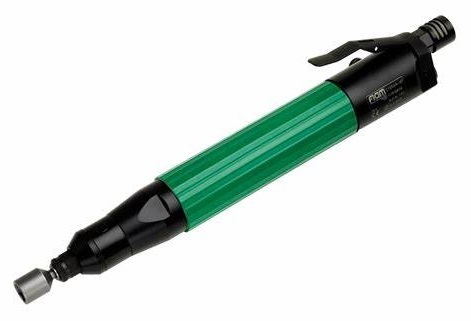
Air screwdriver
Last, and in terms of home mechanic use actually probably least, the air screwdriver can be vital on production lines where constantly using a conventional screwdriver will lead to wrist and forearm pain, but unless you particularly suffer from this problem, it’s unlikely you will need a screwdriver often enough as a mechanic to justify the need for this; especially when this is one of the rare occasions where the more typical tool for the job is more compact than the air powered version.

